Climbing Mount Kilimanjaro in January and February through March is an excellent time of the year to do so. The two most popular and ideal months to climb Mount Kilimanjaro are December, January, and February up until March. Because they are the warmest months in the Kilimanjaro region, North of Tanzania as you can anticipate clear, sunny skies in the mornings and nights. Since the weather on Kilimanjaro is kind of unpredictable, clouds may emerge in the afternoons, and you could experience some light showers especially on the lower slopes, in the rainforest zone of the mountain.
What was your favorite New Year’s Eve experience? You’re undoubtedly considering fun ways to kick off the new year in a big way as it approaches. A walk into an unfamiliar and secluded location to reflect on the past year and create plans for the future is rejuvenating after the hectic Christmas season and being overflowing with joy.
So how about climbing Kilimanjaro in January and February, Africa’s biggest peak, to start your year in the most dramatic way possible?
What is the weather like on Kilimanjaro – from January, February to March?
Kilimanjaro climbing is also recommended between mid-January and mid-March. There aren’t as many climbers and the weather is decent—not too chilly or rainy. The days are often dry, stunningly bright, and without many clouds, with just sporadic short showers. As you get closer to the long rainy season in March, the likelihood of rain steadily rises.
Detailed information about Mount Kilimanjaro Weather
Is January a good month to climb Kilimanjaro?
January is often a great month to climb Kilimanjaro, in fact, one of the best times to trek the mountain as normally, the weather is good and conducive for climbing Kilimanjaro safely. The fact that it is largely dry and chilly lessens the effect of humidity on the lower slope and increases the chance of significant snowfall on the summits. In addition to being an extension of the secondary peak season related to Christmas in December just a week before January 1st and New Year, there is a modest chance that late rains may last into the first week or two of January. As a result, it may be rather busy throughout this fortnight. It’s quieter in the second part of January.
Is February the best month to climb Kilimanjaro?
The best month to climb Kilimanjaro is February. The possibility of significant snow on the summits is increased since there are fewer tourists than during the major hiking season, which lasts from August to September, and because the weather is dry and generally chilly. Despite this, hikers should dress for extreme cold and strong winds because it gets quite cold at higher elevations all year round.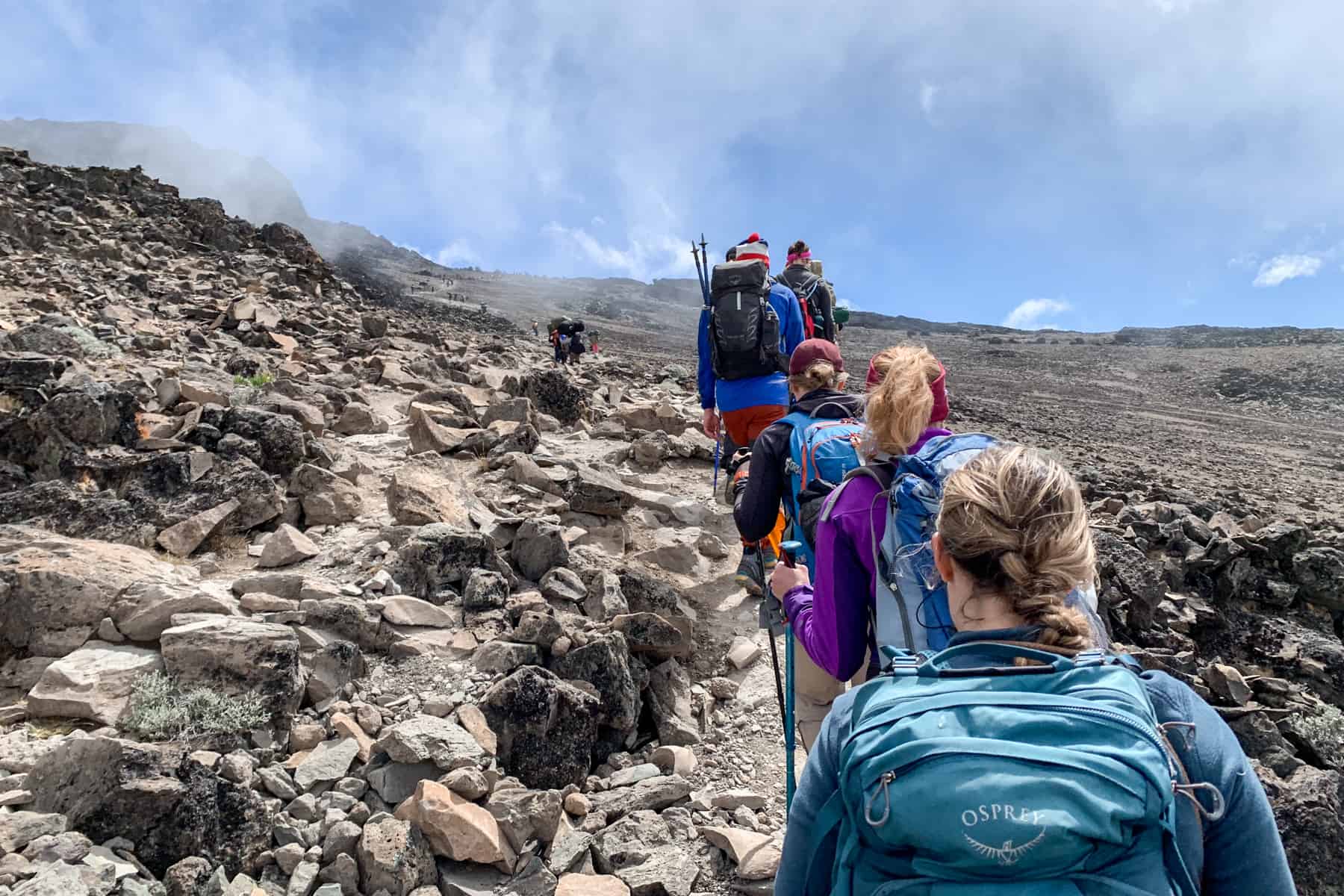
Why climb Kilimanjaro in January and February
The main reason why you should climb Kilimanjaro during the favourable months of January, and February to mid-March is the good weather. Your ascent and your chances of success are impacted by the Mount Kilimanjaro weather. The timing of your Kilimanjaro ascent is crucial.
Early March is also a good time to trek Kilimanjaro
Like February, early March is a fantastic time to climb Kilimanjaro since the weather is dry, somewhat cold, and quite peaceful. However, as is the case during the whole year, higher elevations have nighttime lows below freezing, and as the month goes on, the likelihood of precipitation rises.
On Kilimanjaro, bad weather not only makes for a terrible hike and your photos do not come out as you expect because the atmosphere is chilly and gloomy and the light is not that good, but it also makes the climb twice as difficult!
If the weather is excellent on Kilimanjaro, you have a LOT better chance of reaching the top.
When is the best time to climb Mount Kilimanjaro?
Close to the equator lies Mount Kilimanjaro. There is no such thing as summer and winter in the tropics. There are only two seasons: dry and wet. Alternatively, “dry seasons” and “wet seasons.”
The first several days of a Kilimanjaro climb during the rainy season require trudging through extremely thick mud. Fog and precipitation are more prevalent at higher altitudes, and the moisture will eventually seep into your clothing, equipment, and bones.
It is no small task to spend a few days ascending the tallest free-standing peak on Earth, but that is precisely what appeals to people.
Climbing Kilimanjaro is a chance to shake up your New Year and start an exciting year from the summit. You get to discover something new and inspiring for the year ahead, whether it’s trying out new food, immersing yourself in a fascinating culture, or simply marveling at amazing wildlife and landscapes. After all, isn’t it the fundamental purpose of New Year’s resolutions?
Try something new;
New Year’s festivities are frequently marked by fireworks, music, and dining with loved ones.
While there’s nothing wrong with beginning your year in this manner, it wouldn’t harm to break from tradition this one time and try something new. Who knows, you could enjoy it so much that you choose to return for the following New Year’s Eve.
It’s a fantastic way to accomplish a milestone:
You will have guides and porters with you while climbing Mount Kilimanjaro. Participating in this journey is a lovely way to help these folks maintain themselves and their family as these mountain treks are their source of income. This allows you to start the new year by making people happy. The positive sensation that typically follows makes the experience worthwhile.
You get to reward yourself afterward –
After scaling Africa’s tallest mountain, why not treat your sore body to a peaceful beach weekend in Zanzibar? You’ve achieved something remarkable.
Why not cross off climbing Mount Kilimanjaro before the year is up if you’ve always wanted to experience that adventure? By climbing the highest free-standing mountain in the world, you can make 2020 a year to remember. Contact us right away to get started or to learn more about things like the cost of the current Kilimanjaro climb, lodging options, and preparation advice.
Accept the challenge and climb 5,895 meters to the Roof of Africa, where you may celebrate the new year while experiencing five exquisite temperature zones.
Your perspective of yourself and the world will undoubtedly shift as a result of this life-changing experience.
Fear not, though; the last significant eruption of Tanzania’s iconic Mount Kilimanjaro occurred hundreds of thousands of years ago. It is not only the highest peak in Africa, but it is also the highest free-standing mountain (a mountain that is not a part of a mountain range) in the whole globe. Imagine seeing the dawn over the magnificent plains below as you ring in 2020 from its recognizable top. Shira, Mawnzi, and Kibo are the three volcanoes that make up Mount Kilimanjaro.
The ascent is similar to taking a nature hike. You can anticipate an adventure unlike any other on Kilimanjaro because to the mountain’s five distinct ecosystems, whether you want to trek through pristine rainforest, see unusual lava towers and rare wildlife, or interact with local tribespeople. All of this happens while you walk in the air above the clouds, admiring the vast, green savanna below you.
Best Kilimanjaro treks for January and February
Depending on the route you take, it can take anywhere from five to eleven days to climb Kilimanjaro twice. There are seven known paths up the mountain, each with a different duration, level of difficulty, and setting.
The Lemosho Route, one of the simpler routes, has a high success percentage for reaching the summit due to its slower pace of ascent. This is probably the path you will use if you are not an experienced climber yet want to ring in the new year from the highest point on Earth.
Every new year offers a fresh start, loaded with new possibilities and the possibility to develop a new viewpoint. The opportunity to embrace the unknown. Additionally, the beginning of the year is one of the finest times to set a goal for yourself that you have never achieved before.
Mount Kilimanjaro Treks for January & February
10 days Kilimanjaro Group Joining via Lemosho Route & Full moon trek
13 Days Mount Kilimanjaro Machame Trek & Safari
12 Days Mount Kilimanjaro Marangu Trek & Safari
24 Days Ultimate East Africa Adventure - Gorilla Trekking, Mount Kenya, Kilimanjaro and Safari in Tanzania
3 Peaks, 30 Days Grand East Africa Trek - Rwenzori (Uganda), Mount Kenya, Kilimanjaro (Tanzania)
 How to prepare for your Kilimanjaro climb in January-February
How to prepare for your Kilimanjaro climb in January-February
Climbing Mount Kilimanjaro may be a highlight on many traveller’s bucket list (over 30,000 people climb to the peak every year), but it’s no simple accomplishment and it’s necessary that you be prepared.
Here are a few pointers to get you going, but you should read our beginner’s guide to climbing Mount Kilimanjaro for additional advice on how to get ready for your mountain adventure.
How to prepare and plan for Kilimanjaro’s success
Training to keep fit
Train your strength and endurance as far in advance as you can, with an emphasis on leg training and getting your muscles, joints, and cardiovascular system ready.
The best training regime for Kilimanjaro fitness can be downloaded here
Watch out for Altitude Sickness
Altitude sickness, more than the level of athleticism needed for the journey, is the most frequent reason why climbers fail to reach the summit (the inability to acclimatize to the high altitude). This can be caused by rising too quickly, thus we advise using the Lemosho route because of its more moderate slope.
Additionally, remember that climbing Kilimanjaro before you have fully recovered from a cold or the flu is advised since the danger of altitude sickness rises.
How to avoid altitude sickness on Kilimanjaro
Pack the appropriate gear
The porters provide and carry food and camping supplies, although it is advisable to buy and pack high-quality hiking equipment (clothing, footwear, etc.).
There is nothing worse than blisters if you want to have the best chance of making it to the summit and enjoying the trek.
Other things to consider for Your Kilimanjaro Trek
Of course, there are other factors to take into account when you begin to plan your ascent of Africa’s tallest mountain in addition to the time of year and the weather. Before choosing the ideal time to climb Kilimanjaro, consider the following additional factors.
Choosing the best route for your climb
The Machame Route, Lemosho Route, and Rongai Route are the top three Kilimanjaro routes. There are benefits and drawbacks to each:
See all the Kilimanjaro routes here
Trek Machame Route in January – February
The well-known Machame Route provides a shorter but more difficult journey as well as breathtaking vistas on the approach to Uhuru Peak. To learn more, see our detailed Mount Kilimanjaro Machame Trek information.
Lemosho Route in January – February
We highly recommend the Lemosho Route for those attempting the Kilimanjaro challenge, especially if you have little prior trekking experience. It is longer, more gradual, and less well-known, but it is unquestionably no less beautiful. For more information, see our detailed Mount Kilimanjaro Lemosho Trek itinerary.
More information about the Lemosho Route
Marangu Route trek in January, February -March
Since this is the only track that provides this level of comfort, the route itself also draws in less experienced hikers or trekkers who want to experience the luxury of staying in dormitory-style hut accommodations.
These huts along this route are:
- Mandara Huts
- Horombo Huts
- Kibo Huts
Don’t be fooled into thinking that having a sturdy roof over your head makes your journey any simpler before you begin planning your adventure. Everything in the huts is shared, including the eating areas, showers, and inadequate restrooms.
Many hikers and trekkers choose the Marangu way in addition to the extra benefit of hut amenities along the trail since it is thought to be the simplest route on Kilimanjaro due to its gradual slope and direct approach.
Read: which is the easiest route on the Kilimanjaro mountain.
Rongai Route trek in January -February
On the Kenyan side of Kilimanjaro, the lonely Rongai Route reaches the summit from the north. You may also be rewarded to sights of the big wildlife game, including as antelope, elephant, and buffalo, on the less-traveled, quicker or gradual ascents. To learn more about this path, get in touch with us directly.
Read our complete guide on how to select the best Kilimanjaro route for your climb to learn more about the advantages and disadvantages of each route.
![]()

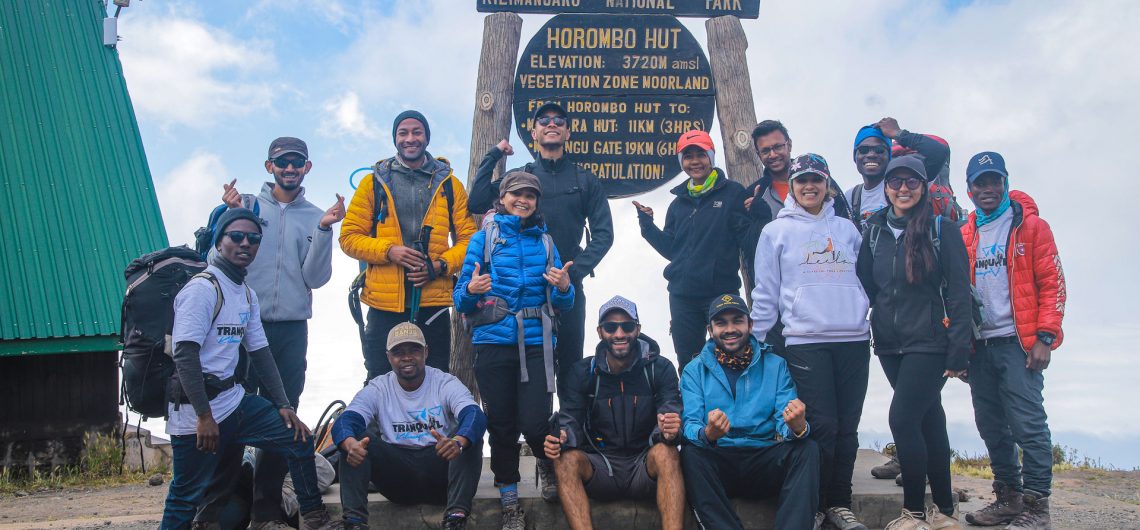
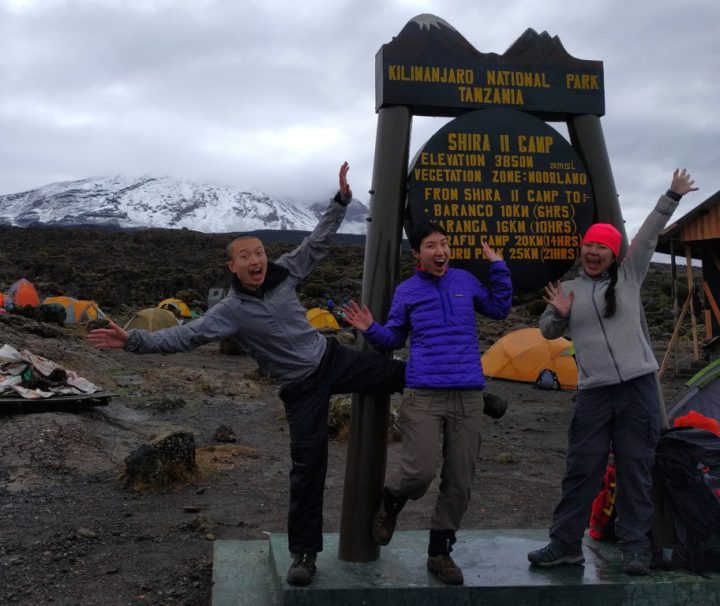
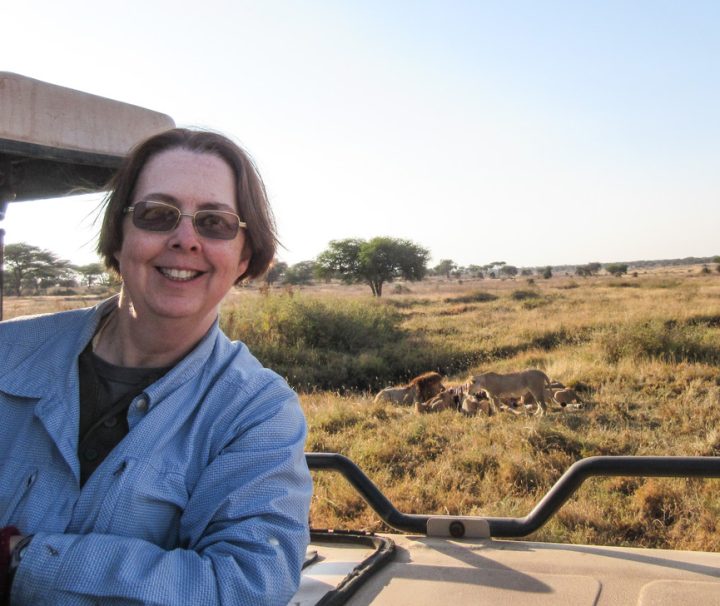
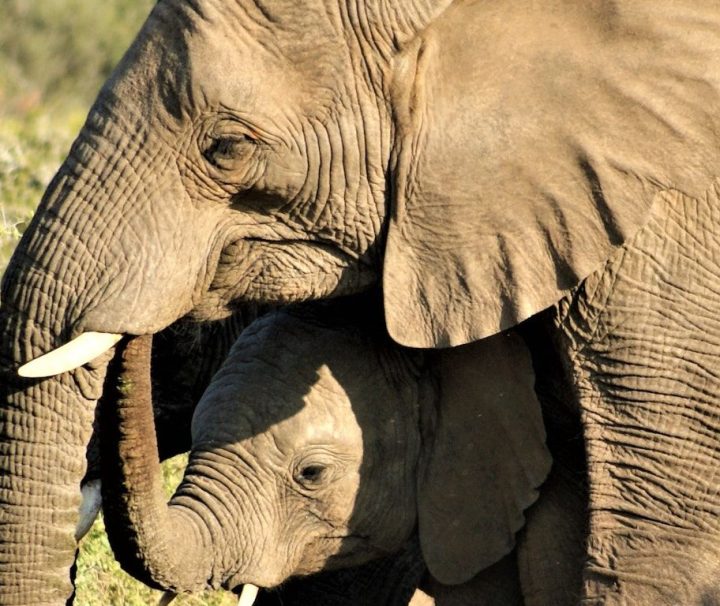
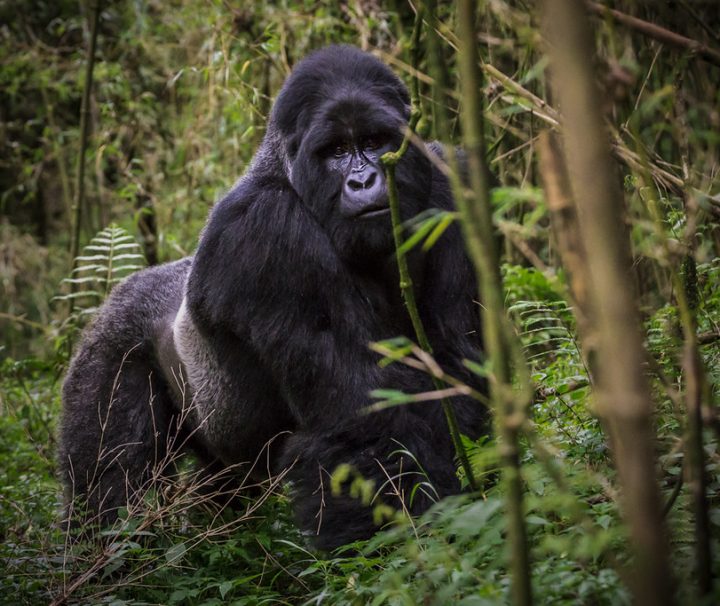
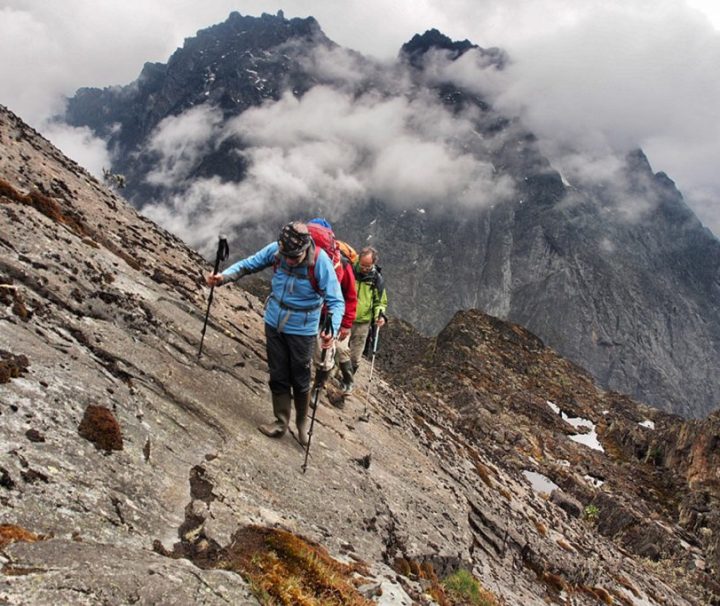
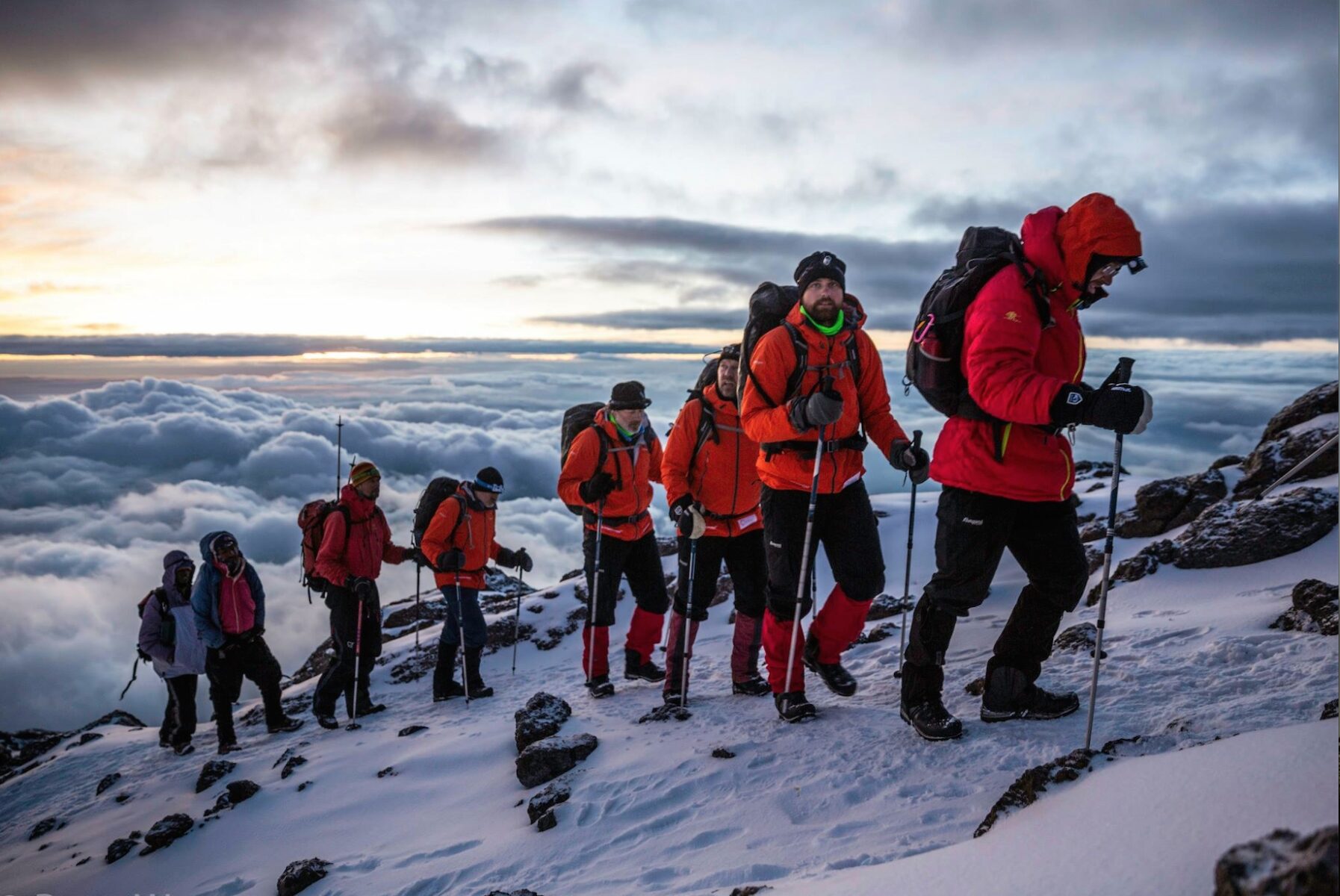 How to prepare for your Kilimanjaro climb in January-February
How to prepare for your Kilimanjaro climb in January-February
Comments